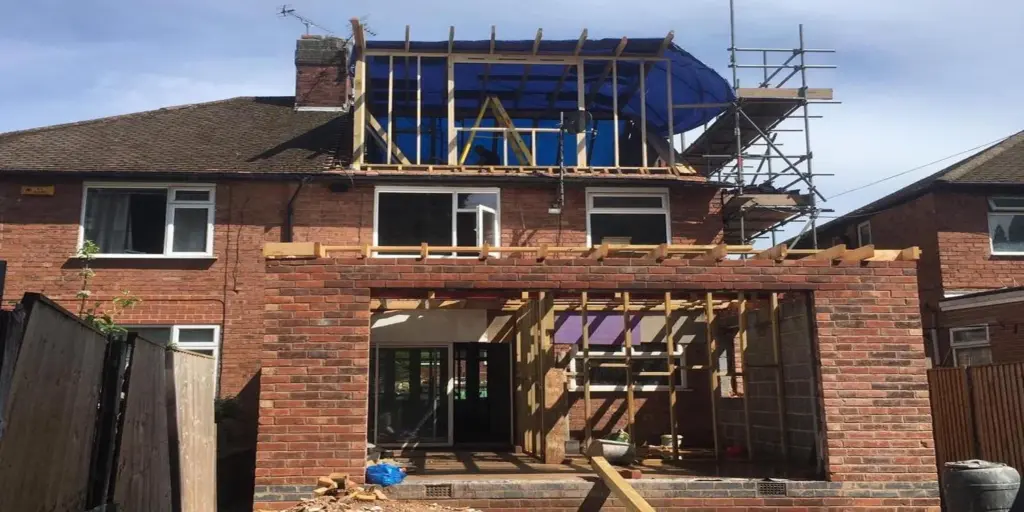Managing a House in Multiple Occupation (HMO) comes with unique responsibilities for landlords. Unlike standard rental properties, HMOs house multiple tenants who often share facilities, making regular maintenance crucial for tenant satisfaction, regulatory compliance, and property value preservation.
This article explores essential maintenance tips for HMO landlords, helping you stay compliant, keep tenants happy, and protect your investment.

An HMO, or House in Multiple Occupation, is a property rented by at least three people who are not from the same household but share communal areas like kitchens and bathrooms.
Unlike single-family rentals, HMOs have stricter regulations to ensure safety and habitability. Landlords must adhere to specific guidelines, from licensing requirements to routine safety checks, to provide a secure living environment.
HMO landlords have legal duties to maintain their properties in line with health and safety standards. Key obligations include:
Failure to meet these obligations can result in fines or loss of your HMO licence.
Routine inspections are vital for identifying potential issues early. Schedule inspections every three to six months to check for wear and tear, tenant damage, and safety concerns.
Plumbing and heating systems in HMOs face heavy use. Prevent breakdowns by:
Electrical systems in HMOs are subject to stricter checks. Ensure compliance by:
Communal areas, such as kitchens and bathrooms, require frequent cleaning to maintain hygiene and tenant satisfaction. Consider hiring a cleaning service or establishing a cleaning rota with tenants to share the responsibility.
Proper waste disposal is essential in HMOs with multiple occupants. Provide adequate bins and recycling facilities and ensure waste is collected regularly to avoid build-up.
Regularly inspect the roof, gutters, and drainage systems to prevent leaks and water damage. Seasonal cleaning of gutters and downpipes ensures efficient water flow and reduces the risk of costly repairs.
Outdoor spaces should be well-maintained and safe. Opt for low-maintenance landscaping and ensure pathways are clear of hazards to minimise accidents.
Responding promptly to tenant maintenance requests builds trust and reduces the likelihood of small issues escalating into larger problems. Use a system to track and prioritise repair requests efficiently.
Clear communication is key. Inform tenants about their maintenance responsibilities and establish a straightforward process for reporting issues. Regular updates on repair progress can help foster positive landlord-tenant relationships.
Set aside a maintenance budget to cover routine and emergency repairs. A good rule of thumb is to allocate 10-15% of your annual rental income for maintenance.
Work with reliable tradespeople to ensure quality repairs and services. Building long-term relationships with contractors can save time and money on future projects.
HMO landlords must conduct routine safety checks, including:
Maintain detailed records of all inspections, repairs, and safety checks. Documentation not only ensures compliance but also provides evidence in case of disputes or audits.
Maintaining an HMO property requires diligence, planning, and a proactive approach. By following these essential tips, landlords can ensure regulatory compliance, improve tenant satisfaction, and protect their property’s long-term value. Remember, a well-maintained HMO is not only safer and more appealing to tenants but also a more profitable investment.
Common problems include plumbing issues, electrical faults, damp, and wear and tear in communal areas. Regular inspections can help identify these early.
Landlords should inspect properties every three to six months and conduct annual safety checks for gas, electrical, and fire safety compliance.
A comprehensive checklist should cover plumbing, heating, electrical systems, fire safety equipment, structural integrity, and communal area cleanliness.
Preventative maintenance, hiring reliable contractors, and using durable materials can help keep costs under control.
Failing to comply can result in fines, legal action, or even the revocation of your HMO licence.
Exe-spand are specialists in all aspects of general building and property maintenance related works, for both private and commercial clients in Exeter, East Devon, Torbay and Somerset.
Phone: 01392 920142
Email: info@exespand.co.uk
Unit 1, Rosamond Farm, Exeter EX5 2JG, United Kingdom
Mon 9:00am – 5:00pm
Tue 9:00am – 5:00pm
Wed 9:00am – 5:00pm
Thr 9:00am – 5:00pm
Fri 9:00am- 5:00pm
Sat Closed
Sun Closed
Exespand are specialists in all aspects of general building and property maintenance related works, for both private and commercial clients in Exeter, East Devon, Torbay and Somerset.
Phone: 01392 920142
Email: info@exespand.co.uk
Unit 1, Rosamond Farm, Exeter EX5 2JG, United Kingdom
Mon 9:00am – 5:00pm
Tue 9:00am – 5:00pm
Wed 9:00am – 5:00pm
Thr 9:00am – 5:00pm
Fri 9:00am- 5:00pm
Sat Closed
Sun Closed